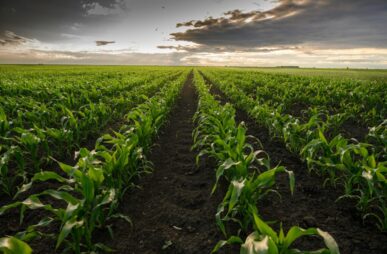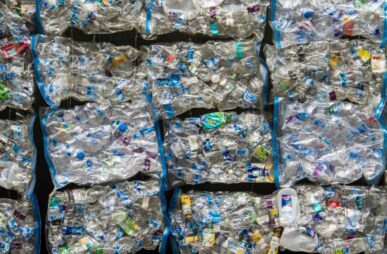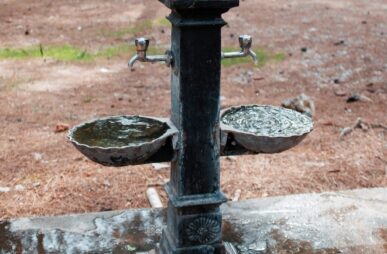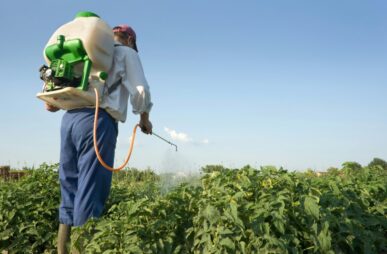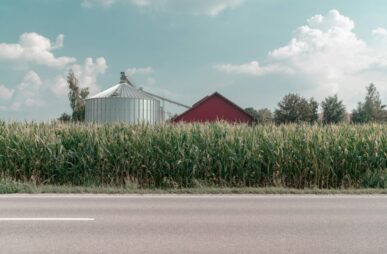Study reveals US hotspots for poor water quality and “water injustice”
By Douglas Main
New research has identified hotspots in the US with concerning levels of water quality and poor access to clean drinking water, revealing that Mississippi, Pennsylvania, Arizona, and Washington had the most water quality violations across the board.


